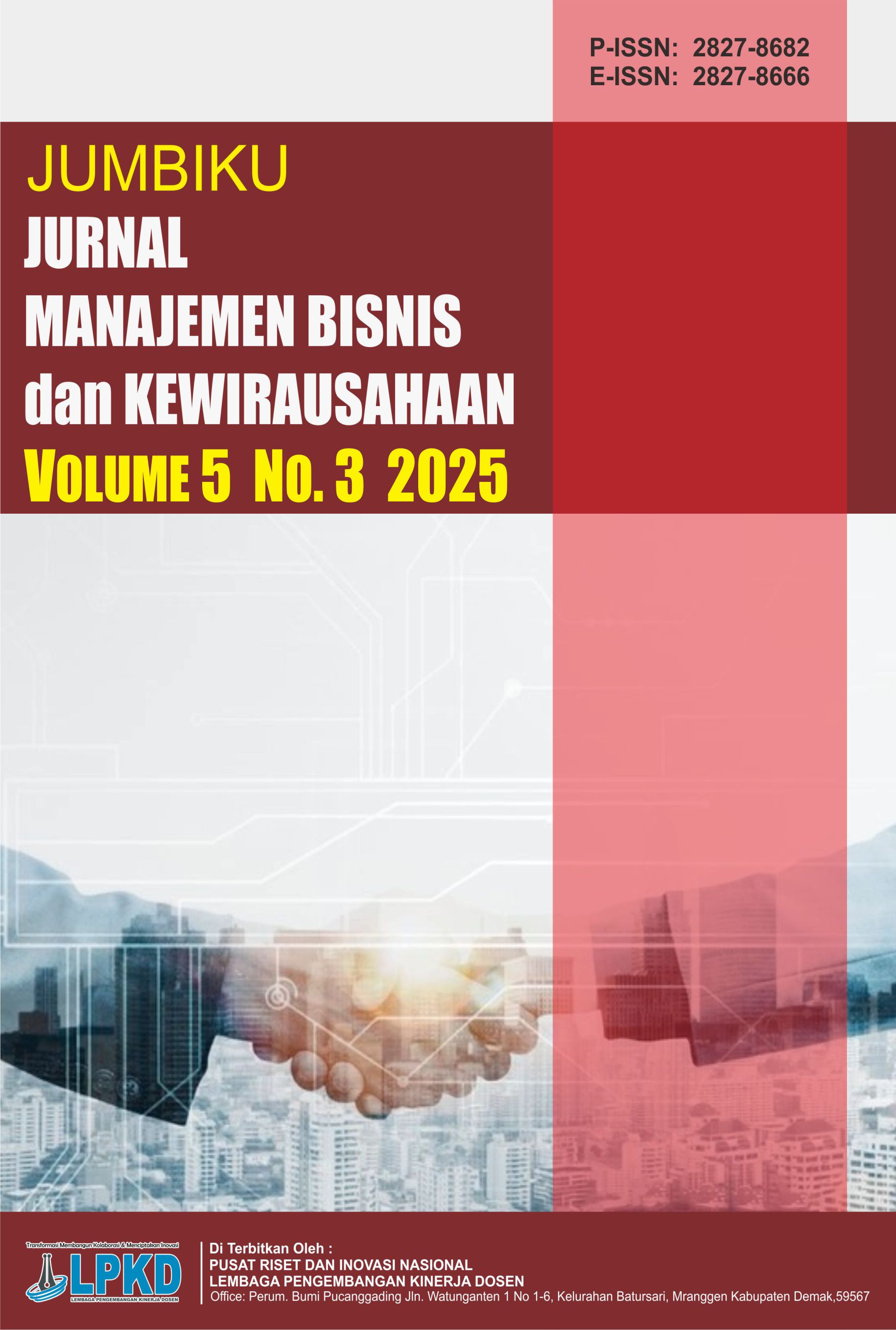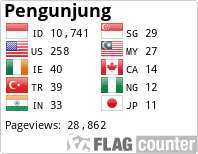The Role of Data-Driven Decision Making in Enhancing Organizational Resilience Post-Pandemic
DOI:
https://doi.org/10.55606/jumbiku.v5i3.6224Keywords:
Artificial Intelligence, Big Data, Decision Making, Organizational Resilience, TechnologyAbstract
This study aims to analyze the role of data-driven decision making (DDDM) in enhancing organizational resilience post-pandemic. The COVID-19 pandemic accelerated the shift in decision-making processes, with many organizations transitioning to a data-driven approach to improve their ability to cope with uncertainty. This quantitative research used a survey involving 133 respondents from various organizations that have implemented DDDM. Data were collected using a questionnaire measuring the application of DDDM, organizational resilience, and the role of technology in supporting data-driven decision making. The results showed that DDDM has a significant positive impact on organizational resilience, with technologies such as big data and artificial intelligence (AI) playing a crucial role in enhancing this resilience. These findings provide practical implications that organizations need to strengthen their data-driven decision-making and develop their technology infrastructure to face future challenges. This study also contributes to the literature on the relationship between DDDM and organizational resilience in the post-pandemic context.
Downloads
References
Baruch, Y. (2017). The role of data-driven decision making in enhancing organizational resilience. Journal of Business Research, 76, 133–146.
Bharadwaj, A. (2000). A resource-based perspective on information technology capability and firm performance: An empirical investigation. MIS Quarterly, 24(1), 169–196. https://doi.org/10.2307/3250952
Borissov, D. (2024). Enterprises as complex systems: Navigating challenges and embracing resilience. Business Ethics and Leadership, 8(4), 95–122. https://doi.org/10.61093/bel.8(4).95-122.2024
Brynjolfsson, E., & McAfee, A. (2014). The second machine age: Work, progress, and prosperity in a time of brilliant technologies. W. W. Norton & Company.
Butkouskaya, V., Oyner, O., & Kazakov, S. (2023). The impact of omnichannel integrated marketing communications (IMC) on product and retail service satisfaction. Journal of Economics, Finance and Administrative Science, 28(56), 319–334. https://doi.org/10.1108/JEFAS-09-2022-0237
Chen, H., Chiang, R. H. L., & Storey, V. C. (2012). Business intelligence and analytics: From big data to big impact. MIS Quarterly, 36(4), 1165–1188. https://doi.org/10.2307/41703503
Davenport, T. H. (2013). Analytics at work: Smarter decisions, better results. Harvard Business Press.
Davenport, T. H., & Harris, J. G. (2007). Competing on analytics: The new science of winning. Harvard Business Press.
Gonzalez-Tamayo, L. A., Maheshwari, G., Bonomo-Odizzio, A., Herrera-Avilés, M., & Krauss-Delorme, C. (2023). Factors influencing small and medium size enterprises development and digital maturity in Latin America. Journal of Open Innovation: Technology, Market, and Complexity, 9(2), 100069. https://doi.org/10.1016/j.joitmc.2023.100069
Hertati, L., & Safkaur, O. (2020). Dampak revolusi industri 4.0 era Covid-19 pada sistem informasi akuntansi terhadap struktur modal perusahaan. Jurnal Riset Akuntansi dan Keuangan, 8(3), 503–518. https://doi.org/10.17509/jrak.v8i3.23557
Hizam, S. M., Akter, H., Sentosa, I., Ahmed, W., Masrek, M. N., & Ali, J. (2023). Predicting workforce engagement towards digital transformation through a multi-analytical approach. Sustainability, 15(8). https://doi.org/10.3390/su15086835
Holling, C. S. (2001). Understanding the complexity of economic, ecological, and social systems. Ecosystems, 4(5), 390–405. https://doi.org/10.1007/s10021-001-0101-5
Lengnick-Hall, C. A., Beck, T. E., & Lengnick-Hall, C. A. (2011). Developing a capacity for organizational resilience through strategic human resource management. Human Resource Management Review, 21(3), 243–265. https://doi.org/10.1016/j.hrmr.2011.02.002
Lingling, W., & Fuli, C. (2021). Role of AI technology in brand building of Chinese higher education institution – Thought based on integrated marketing communication. Marketing and Digital Technologies, 5(2), 7–13. https://doi.org/10.15276/mdt.5.2.2021.1
Lo, P., So, S., Liu, Q., Allard, B., & Chiu, D. (2019). Chinese students' motivations for overseas versus domestic MLIS education: A comparative study between University of Tsukuba and Shanghai University. College and Research Libraries, 80(7), 1013–1035. https://doi.org/10.5860/crl.80.7.1013
McAfee, A., Brynjolfsson, E., Davenport, T. H., Patil, D. J., & Barton, D. (2012). Big data: The management revolution. Harvard Business Review, 90(10), 60–68.
Ni, G., Xu, H., Cui, Q., Qiao, Y., Zhang, Z., Li, H., & Hickey, P. J. (2021). Influence mechanism of organizational flexibility on enterprise competitiveness: The mediating role of organizational innovation. Sustainability, 13(1), 1–23. https://doi.org/10.3390/su13010176
Provost, F., & Fawcett, T. (2013). Data science for business: What you need to know about data mining and data-analytic thinking. O’Reilly Media.
Sutcliffe, K. M., & Vogus, T. J. (2003). Organizational resilience: A conceptual framework. Public Administration Review, 63(3), 150–160. https://doi.org/10.1111/1540-6210.00306
Teece, D. J. (2007). Explicating dynamic capabilities: The nature and microfoundations of (sustainable) enterprise performance. Strategic Management Journal, 28(13), 1319–1350. https://doi.org/10.1002/smj.640
Venkatesh, R. (2015). Mobile marketing (From marketing strategy to mobile marketing campaign implementation). International Journal of Research, 2(2), 1175–1187.
Downloads
Published
How to Cite
Issue
Section
License
Copyright (c) 2025 Jurnal Manajemen, Bisnis dan Kewirausahaan

This work is licensed under a Creative Commons Attribution-ShareAlike 4.0 International License.








